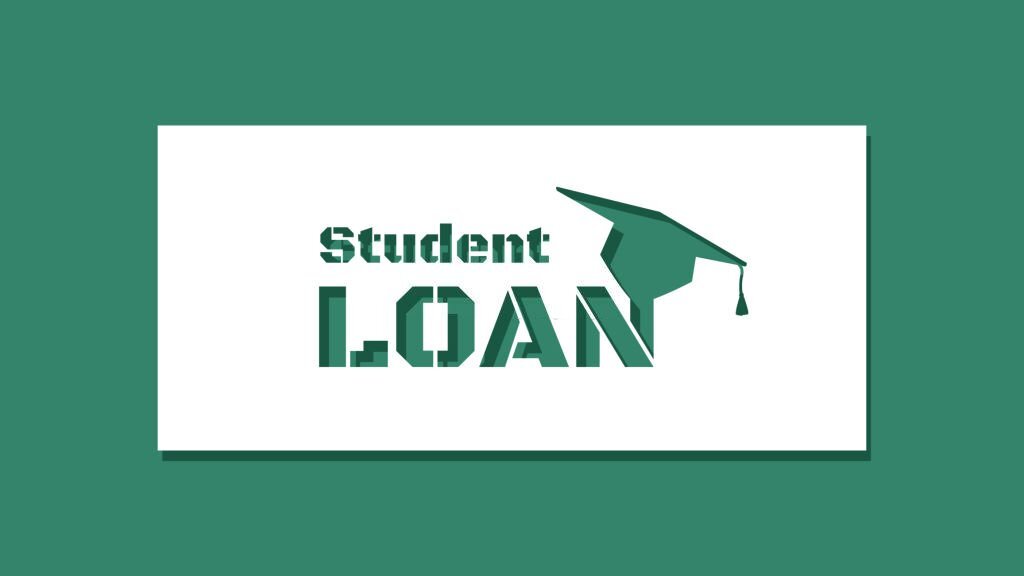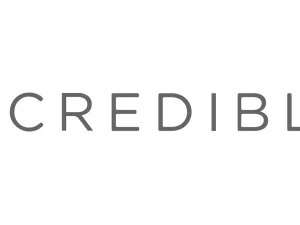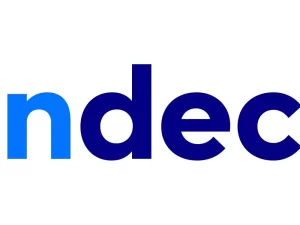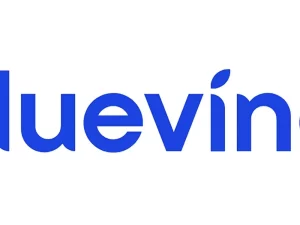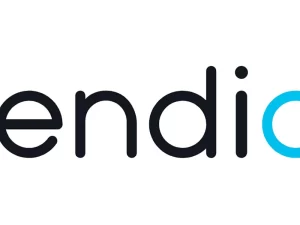The Department of Education recognizes the importance of affordable education and offers a range of student loan programs to help students finance their educational pursuits. In this exhaustive article, we will delve into the intricacies of the Department of Education student loans, exploring their benefits, eligibility requirements, repayment options, and other essential details. By understanding the nuances of these programs, students can make informed decisions about their educational financing, ensuring a brighter future.
1. Direct Subsidized Loans:
One of the most widely utilized student loan programs offered by the Department of Education is the Direct Subsidized Loans, also known as Stafford Loans. These loans are specifically designed for undergraduate students who demonstrate financial need. The key advantage of Direct Subsidized Loans is that the Department of Education pays the interest on the loan while the borrower is enrolled at least half-time, during the grace period, and during deferment periods. This interest subsidy helps reduce the overall cost of borrowing, making it an attractive option for students with financial need.
Direct Subsidized Loans provide numerous benefits to borrowers, including:
a) Interest Subsidy: The Department of Education covers the interest on Direct Subsidized Loans during specific periods, reducing the financial burden on borrowers.
b) Fixed Interest Rates: Direct Subsidized Loans offer fixed interest rates, providing borrowers with predictable monthly payments throughout the life of the loan.
c) Flexible Repayment Options: Borrowers can choose from several repayment plans, such as standard, extended, income-based, or income-contingent plans, based on their financial circumstances.
d) Deferment and Forbearance: Borrowers may qualify for deferment or forbearance options, allowing temporary suspension or reduction of loan payments in specific situations, such as returning to school, financial hardship, or unemployment.
2. Direct Unsubsidized Loans:
Direct Unsubsidized Loans are available to undergraduate, graduate, and professional students, irrespective of financial need. Unlike subsidized loans, borrowers are responsible for paying the interest on the loan throughout its life. However, students have the option to defer interest payments while in school and during other deferment periods. Direct Unsubsidized Loans offer fixed interest rates and provide students with more flexibility in terms of borrowing limits compared to subsidized loans. These loans are an excellent option for students who may not qualify for subsidized loans or need additional funds to cover educational expenses.
Direct Unsubsidized Loans provide several advantages, including:
a) Wide Eligibility: Direct Unsubsidized Loans are available to a broader range of students, regardless of their financial need, providing greater access to educational financing.
b) Higher Borrowing Limits: Compared to subsidized loans, Direct Unsubsidized Loans offer higher borrowing limits, allowing students to meet their educational expenses more comprehensively.
c) Deferment and Forbearance Options: Similar to subsidized loans, Direct Unsubsidized Loans also offer deferment and forbearance options, providing temporary relief from loan payments in specific circumstances.
d) Independent Student Status: Direct Unsubsidized Loans can be particularly beneficial for independent students who may not qualify for subsidized loans but still require financial assistance for their education.
3. Direct PLUS Loans:
Direct PLUS Loans cater to graduate or professional students and parents of dependent undergraduate students. These loans bridge the gap between financial aid and the total cost of education. Unlike other federal student loans, Direct PLUS Loans require a credit check. However, borrowers should not have an adverse credit history. Direct PLUS Loans offer fixed interest rates and flexible repayment options, making them suitable for individuals who need additional financial assistance to pursue their educational goals.
Direct PLUS Loans offer several advantages, including:
a) Increased Funding Availability: Direct PLUS Loans allow borrowers to access additional funds beyond the limits of other federal student loans, enabling them to cover the total cost of education.
b) Flexible Repayment Plans: Borrowers can choose from various repayment plans, including income-contingent plans and income-based plans, to align their loan payments with their financial circumstances.
c) Parent Borrower Option: Direct PLUS Loans provide parents of dependent undergraduate students with an opportunity to assist their children in financing their education without putting their financial stability at risk.
d) Grad PLUS Loans: Graduate and professional students can also utilize Direct PLUS Loans to support their educational endeavors, offering them access to financial resources specifically tailored to their academic pursuits.
4. Direct Consolidation Loans:
Direct Consolidation Loans provide borrowers with the opportunity to combine multiple federal student loans into a single loan, simplifying the repayment process. By consolidating loans, borrowers can manage a single monthly payment instead of juggling multiple payments. Consolidation can also extend the repayment term, resulting in lower monthly payments. However, it’s important to note that extending the repayment term may increase the total interest paid over the life of the loan. Direct Consolidation Loans offer various repayment plans, including income-driven repayment options, making it easier for borrowers to manage their student loan obligations.
Direct Consolidation Loans offer several benefits, including:
a) Streamlined Repayment: By consolidating multiple loans into a single loan, borrowers can simplify their repayment process and reduce the hassle of managing multiple payments and due dates.
b) Lower Monthly Payments: Consolidation can extend the repayment term, resulting in lower monthly payments, which can provide temporary financial relief for borrowers.
c) Flexible Repayment Options: Direct Consolidation Loans offer various repayment plans, such as income-driven plans, allowing borrowers to tailor their repayment strategy based on their income and financial circumstances.
d) Loan Forgiveness Programs: Consolidated loans may be eligible for certain loan forgiveness programs, such as the Public Service Loan Forgiveness (PSLF) program, providing borrowers with potential debt relief after meeting specific criteria.
5. Perkins Loans:
Perkins Loans, though no longer available to new borrowers after September 30, 2017, were a valuable part of the Department of Education’s student loan offerings. These low-interest loans were available to undergraduate, graduate, and professional students with exceptional financial need. Existing Perkins Loan borrowers can still benefit from favorable terms, including fixed interest rates and flexible repayment options. Students with Perkins Loans should consult their school or loan servicer to understand the repayment terms and explore available options.
Perkins Loans provided several advantages, including:
a) Low-Interest Rates: Perkins Loans offered borrowers low-interest rates, making them an attractive option for students with exceptional financial need.
b) Flexible Repayment Options: Similar to other federal student loans, Perkins Loans provided borrowers with various repayment plans and options, ensuring flexibility in managing loan payments.
c) Loan Cancellation and Forgiveness: Perkins Loans provided opportunities for loan cancellation or forgiveness in specific circumstances, such as through service in eligible professions or qualifying public service roles.
6. Public Service Loan Forgiveness (PSLF) Program:
While not a specific loan type, the Public Service Loan Forgiveness (PSLF) program is an important aspect of federal student loans. This program offers loan forgiveness to borrowers who work full-time for qualifying employers in the public sector, such as government agencies or nonprofit organizations. To be eligible for loan forgiveness, borrowers must make 120 qualifying loan payments under an eligible repayment plan. The PSLF program provides significant financial relief for individuals pursuing careers in public service.
The Public Service Loan Forgiveness program provides several key benefits, including:
a) Loan Forgiveness: After making 120 qualifying loan payments, borrowers may be eligible for loan forgiveness, meaning that the remaining balance of their Direct Loans can be forgiven.
b) Career Flexibility: The PSLF program incentivizes borrowers to pursue careers in public service, allowing them to work in fields they are passionate about while still managing their student loan debt.
c) Income-Driven Repayment Plans: Borrowers in the PSLF program can take advantage of income-driven repayment plans, which cap loan payments based on their income and family size, making loan repayment more manageable.
d) Potential Tax Benefits: Under current tax laws, forgiven loan amounts through the PSLF program are not considered taxable income, providing additional financial relief to borrowers.
Conclusion:
The Department of Education’s student loan programs play a crucial role in making higher education accessible to a wider range of students. From Direct Subsidized and Unsubsidized Loans to Direct PLUS Loans, Direct Consolidation Loans, Perkins Loans (for existing borrowers), and the Public Service Loan Forgiveness program, these programs offer a variety of options to meet the diverse needs of students. Understanding the eligibility criteria, repayment options, and potential benefits of each program is vital for students and their families when considering educational financing. Responsible borrowing, thorough financial planning, and exploring other forms of financial aid are key factors to consider alongside student loans. Seeking guidance from financial aid offices, loan servicers, or financial advisors can provide valuable assistance in navigating the complexities of student loans and ensuring a successful educational journey. By harnessing the opportunities offered by the Department of Education student loan programs, individuals can unlock the doors to higher education and pave the way for a brighter future.






